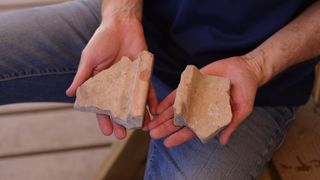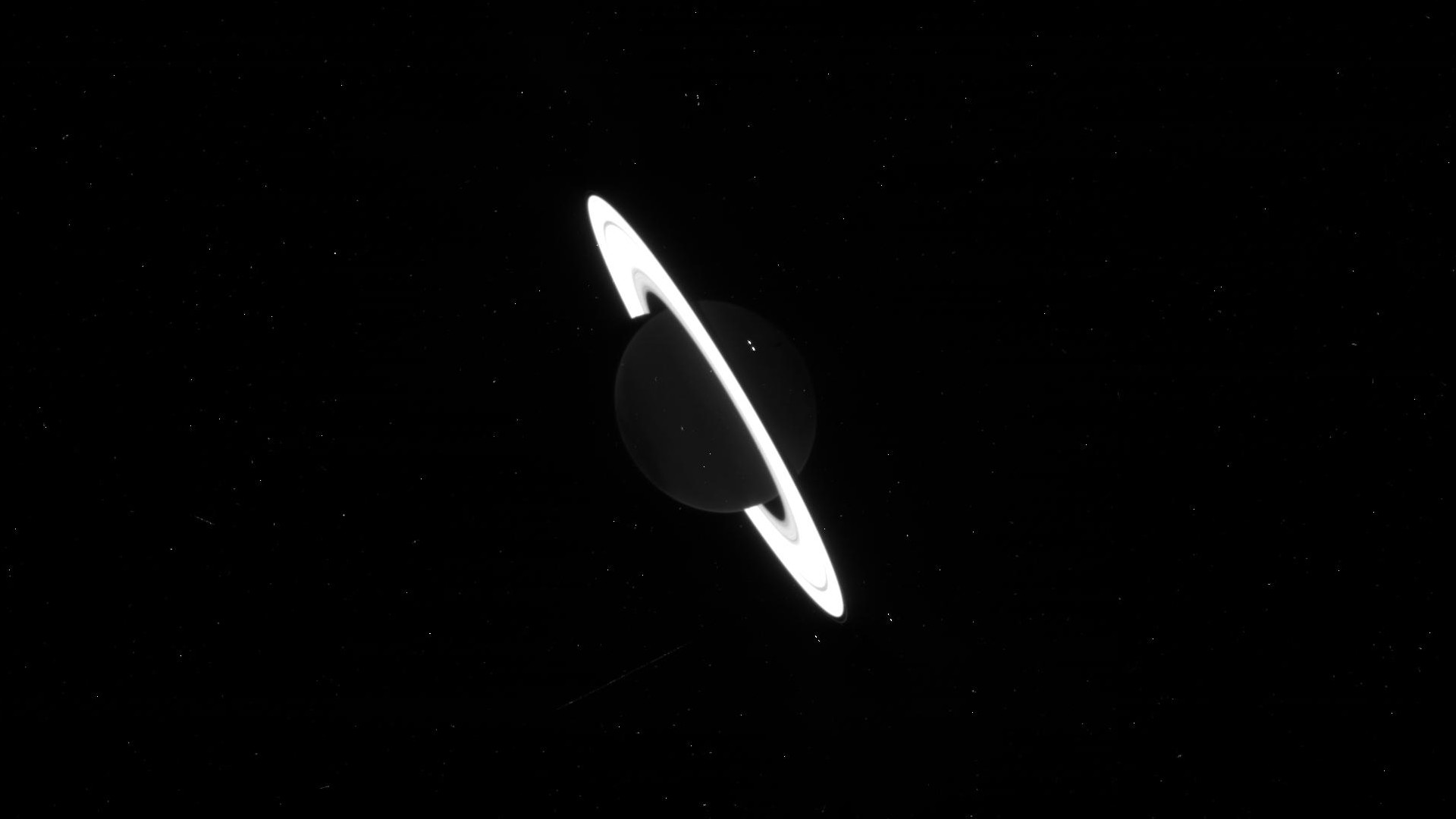
(Image credit: Israel Antiquities Authority via Facebook)
A pile of ancient ceramic roofing tiles found at a national park in Jerusalem may be linked to the history of Hanukkah.
Archaeologists made the discovery during excavations at City of David National Park, located outside the walls of the Old City of Jerusalem, according to a Facebook post by the Israel Antiquities Authority (IAA) announcing the finding.
The 16 tile fragments — which date to around the second century B.C., during the Hellenistic period — are the oldest roofing tiles ever found in Israel and were brought there during the reign of the Greek Hellenistic king described in the Hanukkah story. According to the story, Antiochus IV Epiphanes invaded Jerusalem, defiled the temple and prevented Jews from practicing their religion, which ultimately led to the Maccabean Revolt. The event is commemorated as part of the Jewish holiday Hanukkah.
Related: Ancient Israel: History of the kingdoms and dynasties formed by ancient Jewish people
The new finding confirms the presence of Seleucid Greeks in the city during this time period.
“Until now, we had little material evidence for the presence of the Seleucid Greeks in Jerusalem,” Filip Vukosavović, a senior archaeologist and researcher with the IAA who was part of the excavation, wrote in the post. “The new roof tiles discovered in the City of David provide tangible remains of the Seleucid Greek presence in the region, linking us with the story of Hanukkah. It’s very exciting to encounter the Seleucid ruler Antiochus IV ‘face-to-face’ almost 2,200 years after the events of Hanukkah.”
As part of the invasion, the Greek king built a fortress using the ceramic tiles, which would have been considered foreign building materials at the time, since their fragility would have made them susceptible to the elements, according to the post.
“Tiles were very rare in our region during this period, and they were alien to local construction traditions, indicating that the technique of using tiles to roof parts of a tower or a structure inside that famous fortress was brought from Greek-controlled areas by foreign rulers,” they wrote in the post.
Note: This article have been indexed to our site. We do not claim legitimacy, ownership or copyright of any of the content above. To see the article at original source Click Here












